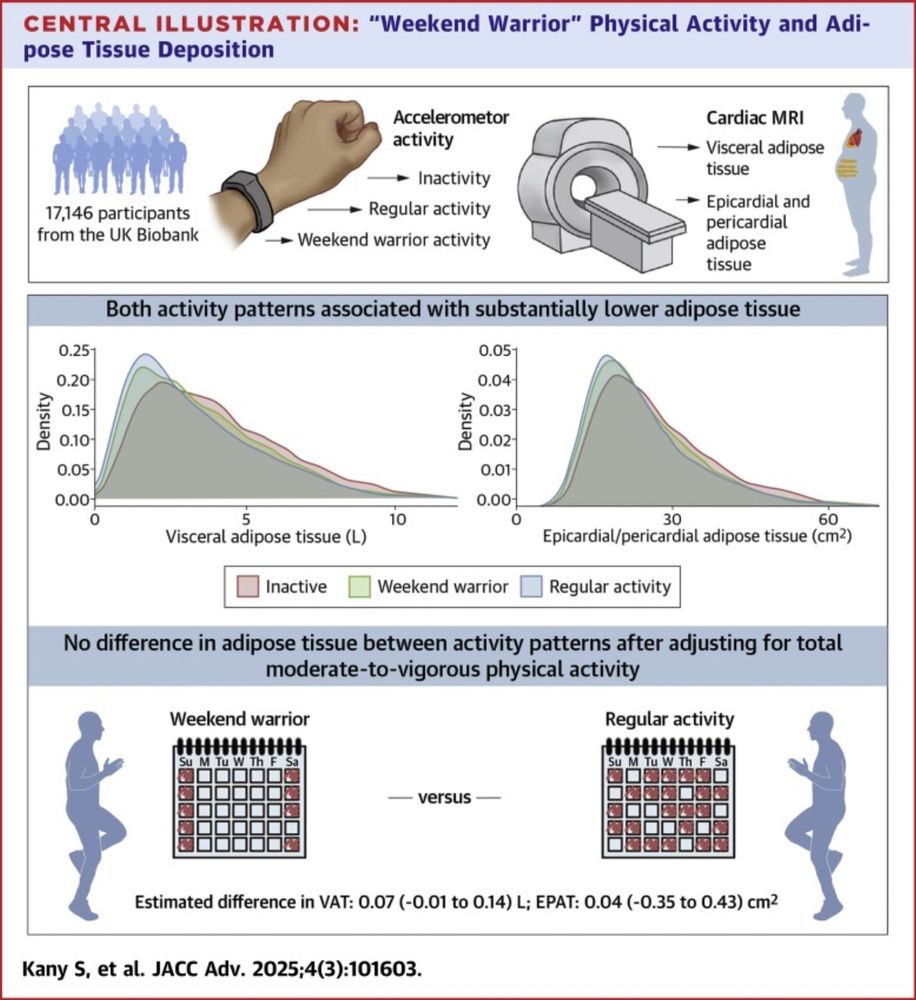I’m excited to share the publication of our paper on using electrocardiogram-based artificial intelligence to predict prevalent coronary artery disease in @jaccjournals.bsky.social Advances.

I’m excited to share the publication of our paper on using electrocardiogram-based artificial intelligence to predict prevalent coronary artery disease in @jaccjournals.bsky.social Advances.

Along with @shinokany.bsky.social and colleagues, we did just that: proposing cutoffs for mild aortic stenosis using mean gradient, peak velocity, and aortic valve area (AVA). Free article:
authors.elsevier.com/a/1ks2B2d9GI...

Along with @shinokany.bsky.social and colleagues, we did just that: proposing cutoffs for mild aortic stenosis using mean gradient, peak velocity, and aortic valve area (AVA). Free article:
authors.elsevier.com/a/1ks2B2d9GI...
authors.elsevier.com/a/1ks2B2d9GI...

authors.elsevier.com/a/1ks2B2d9GI...
www.sciencedirect.com/science/arti...

www.sciencedirect.com/science/arti...

